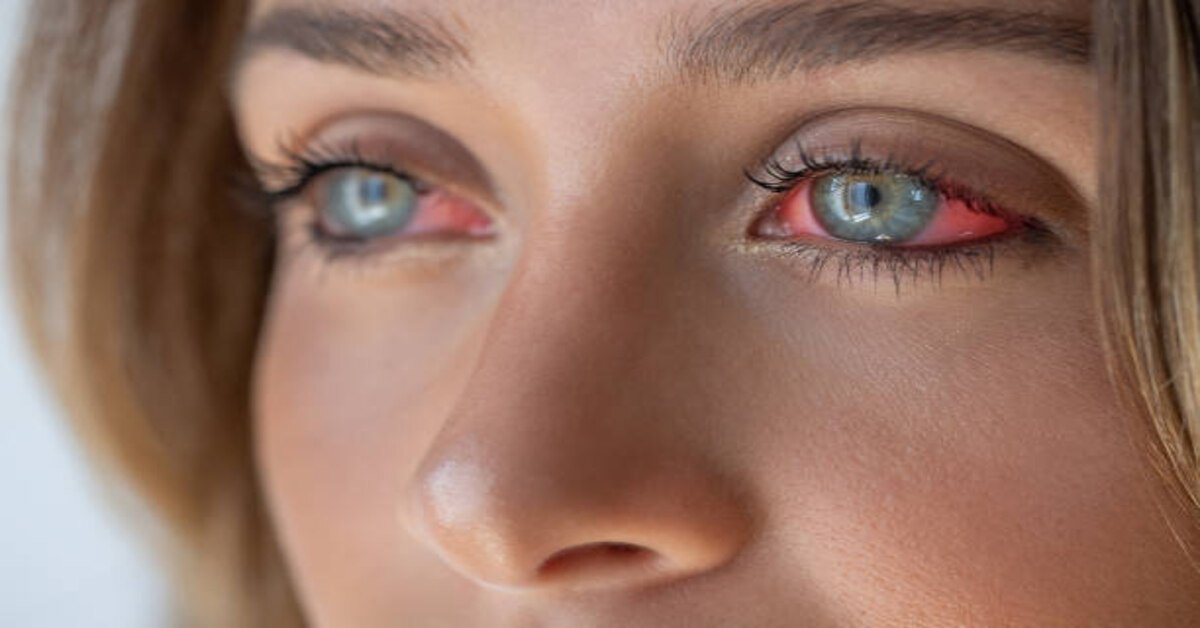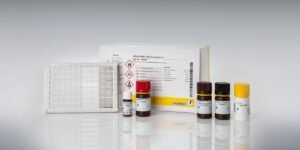Knowing how contacts cause red eyes enables you to adjust care routines to restore clear, healthy vision. Disinfecting lenses and their cases can remove bacteria, minimizing irritants before they impact your eyes. Here is how contacts might cause red eyes:
Blocking Oxygen Flow
Oxygen flow enables healthy cornea function, and most of the organ’s required oxygen is absorbed from the surrounding air. Contacts that are too tight, thick, or poorly fitted can block access to oxygen. This may cause the cornea to swell and potentially damage eye tissue.
To address this issue, oxygen can be supplied to the cornea through tears, which are pushed under contact lenses when blinking. In newer contacts, oxygen may be absorbed through the lenses, depending on their thickness.
Introducing Irritants
Residues left by contact lens solutions can inflame the eye’s ocular surface and introduce irritants that lead to redness. Inadequate rinsing and using soap or household cleaning products may increase chemical buildup on lenses. This often bothers the eye, and residues may mix with tears, causing further irritation. Cleaning lenses regularly helps wash away lingering films faster. Ask your optometrist for recommended contact cleaning solutions that match your lens type and brand.
Triggering Allergic Reactions
Eyes can have an allergic reaction to contact lens polymers, solutions, or deposits. Your immune systems may identify certain materials as threats and release histamines that cause redness, swelling, tearing, burning, and itching as defenses. Switching cleaning solutions may reduce the likelihood of repeat reactions. Consult an eye doctor to determine which brand of contact lenses you should get to avoid allergic reactions.
Causing Extended-Wear Effects
Going long periods without removing contacts blocks oxygen, impairs the eye’s ability to clean its surface with tears, and enables the buildup of irritants. This can dehydrate the cornea and lenses, which rub against dry eyes as you blink, leading to red eyes. Switching to daily disposable contacts or removing lenses before bed can help reduce irritation.
Inducing Eye Discomfort
Hard or torn contacts can damage the eyes’ epithelial tissue with sharp edges during blinking. This triggers inflammation and redness. Faulty lens materials or solutions may cause contacts to become stiff in the eye. Follow manufacturer guidelines for proper inspection techniques to identify torn or misshapen contacts. If you suspect that your lens is torn, it should be removed and thrown away to prevent further irritation.
Spreading Lens Bacteria
Disinfecting lenses helps prevent bacteria buildup on used contacts. Bacteria often irritate the eyes, causing redness and clouding the vision. To clean your contacts, they should be rubbed gently with an approved contact cleaning solution and rinsed thoroughly with clean solution. Never use tap water, saliva, or old solution, which may support bacteria growth.
Get Treatment for Red Eyes Today
Routine eye exams help spot subtle eye health issues caused by contacts. Optometrists also provide tips to avoid red eyes and maintain vision clarity. They can tailor ongoing contact lens hygiene, wear, and replacement tips to your eyes and lifestyle. Schedule a routine eye exam today to safeguard your eye health.
Stay Connected With: Binzinga



